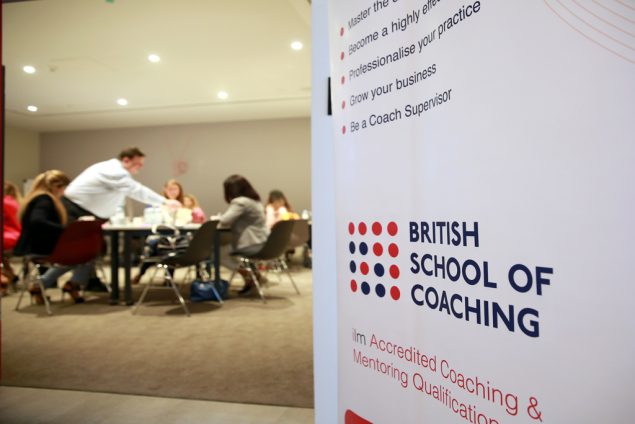
Cognitive behaviour therapy (CBT) helps individuals understand how thoughts and feelings influence our behaviours. CBT is supported by a robust evidence base and is commonly used to treat a wide range of disorders, including depression and anxiety. In coaching, we use cognitive behavioural techniques and approaches, in a non-therapeutic way, to support clients in achieving their goals. CBT challenges unhelpful beliefs, and it is helpful for those who want to work on new thought patterns and behaviours.
Course description
This 1-day course will develop coaches’ understanding of CBT and how they can use this knowledge to work with clients in a more impactful manner.
The course covers the following key areas:
- What is CBT and how to work with it in a non-therapeutic way
- The Cognitive Behavioural methodology
- Distorted thinking or “cognitive distortions”
- CBT coaching tool
This course is for you if you…
- Are a coach, internal or external coach (if working within organisations)
- Want to deepen your understanding of CBT and how it can be applied to coaching
- Are ready to step up a level in your coaching practice
- Want to learn different ways to support clients’ change and transformation
This programme is designed to enhance coaching skills, increase understanding of CBT and its implications for coaching practice. It will provide practical insights into how CBT can improve the impact of coaching on clients.
#cbt #coachingworks
Some of our Clients


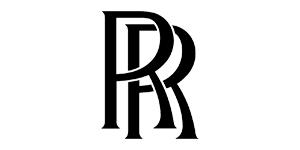
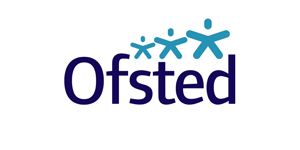
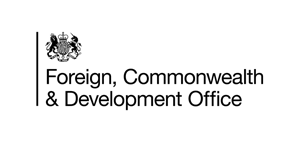
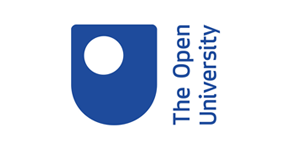

 Career Coaching Programme, Recognised by ILM
Career Coaching Programme, Recognised by ILM  Mentoring Skills for Managers
Mentoring Skills for Managers  Positive Psychology and Coaching
Positive Psychology and Coaching